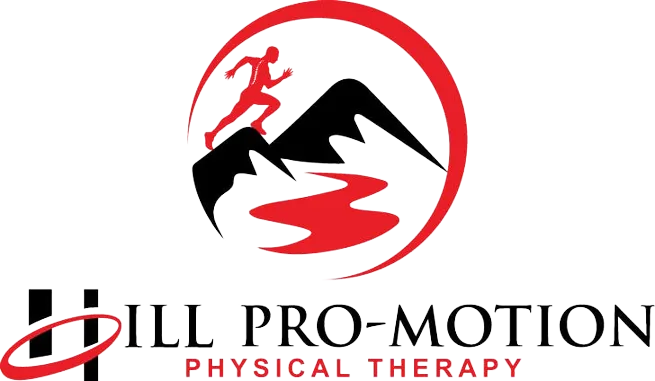Recent scientific research suggests that patients who have undergone rehabilitation (prehabilitation) are more likely to recover quickly. Here are some of the conclusions. While there are limitations to all research, it is possible to do some exercise prior to surgery. This will likely make the recovery process quicker and easier.
Preoperative Training in High Intensity Before Total Knee Replacement Improves Your Recovery Time: This study supports the use of preoperative training for end-stage OA patients to improve their early postoperative outcomes. Preoperative high-intensity strength exercise reduces pain, improves lower limb muscle strength and ROM, and helps with functional tasks. This results in shorter hospital stays and faster recovery from TKA.
For the abstract, click here
Preoperative Physical Therapy Reduces Joint Replacement Patient’s Costs: A 29% reduction in post-acute care was observed when preoperative physical therapy is used. After adjusting for demographic characteristics and comorbidities, this association was maintained.
For the abstract, click here
ACL Reconstruction Patients: Some evidence suggests that prehab can improve functional outcomes and return to sport even after 2 years.
For the abstract, click here
Learn more about Post-Surgical Rehabilitation
After shoulder compression: A standardized physical therapy exercise resulted, at 12 months, in statistically significant and clinically meaningful improvements in shoulder pain and function compared to usual care.
For the abstract, click here
After knee meniscectomy: Home exercises and physical therapy seem to have been effective in improving patients’ knee function and range of motion after arthroscopic meniscectomy. However, the included randomized controlled trials are at moderate to high risk for bias and should therefore be treated with caution.
For the abstract, click here
Rehabilitation after Neck Fusion Surgery: The physical therapists determined the most suitable activities for rehabilitation after neck fusion surgery. These findings could help guide therapy recommendations following ACDF as well as future research.
Please click here to see the article.
Lumbar Stenosis after Back Surgery: There is evidence that active rehabilitation can be more effective than traditional care for improving functional status, both short-term and long-term.
For the abstract, click here
Early Rehabilitation After Low Back Surgery Improves Function in the Short-Term. The study found that a program of early rehabilitation, which includes therapeutic exercises and a booklet with educational information, improves basic activities and transferability in a month.
For the abstract, click here


